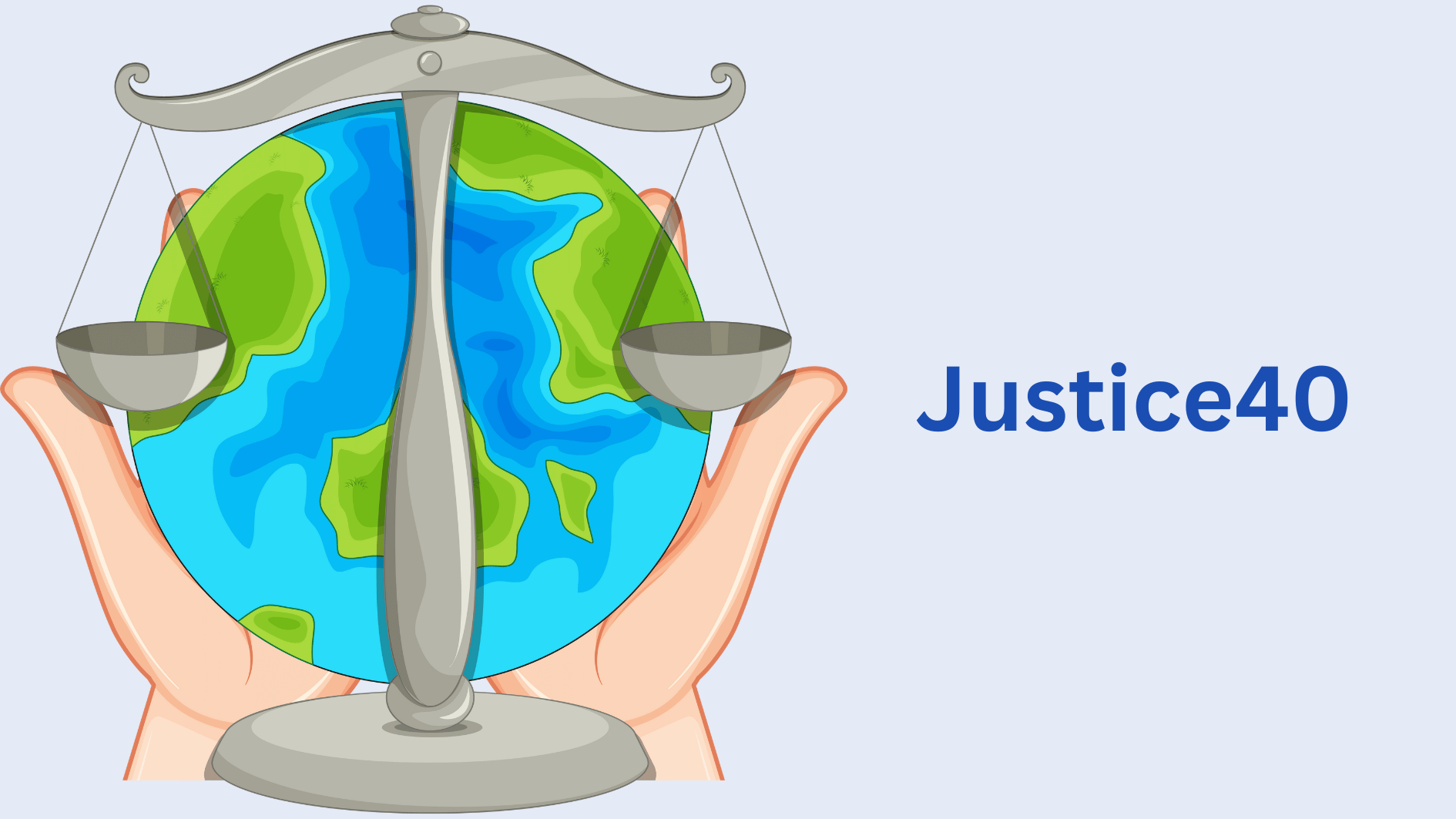Image source: Canva.com
Missouri has been making strides in renewable energy adoption, and solar power is playing a key role in this transition. To help residents and businesses take advantage of solar energy, the state offers a variety of incentives aimed at reducing costs and maximizing savings. This guide breaks down Missouri’s key solar incentives, from tax credits and rebates to net metering policies, providing a comprehensive overview of how these programs can make going solar more affordable. Whether you’re looking to cut energy costs or contribute to a cleaner environment, understanding Missouri’s solar incentives is a great first step.
The Residential Clean Energy Credit
The Residential Clean Energy Credit, previously known as the Federal Investment Tax Credit (ITC), can reduce the cost of your solar panel system by 30%. This incentive covers the entire system, including equipment, labor, permitting, and sales tax.
To claim this incentive, you need to purchase your system with cash or a solar loan, as leasing does not qualify for the ITC. You must have a sufficient federal tax liability to use the credit, though any unused portion can be rolled over year-to-year until the ITC expires at the end of 2034. Direct payment of the ITC is only available to tax-exempt entities, such as nonprofit organizations.
Net Metering
Missouri offers an attractive solar incentive through its net metering program. In 2007, the state passed legislation enabling net metering for homeowners with solar systems up to 100 kilowatts (kW). Major utility companies in Missouri, including Ameren, Columbia Water & Light, Evergy, and Liberty Utilities, all participate in net metering programs.
Through net metering, homeowners can receive rebates or credits on their utility bills for the excess solar energy their systems generate and send back to the grid. The specific rebates and incentives vary among the different utility providers. However, the net metering program allows Missouri residents to offset their electricity costs by effectively receiving compensation for the solar power they contribute to the grid.
Discover the Ideal Solar System for Your Home in Just a Few Clicks!
Columbia Water & Light – Solar Rebates
Columbia Water & Light offers rebates for solar systems, and the rebate amounts are calculated based on additive tiers. This means that your total rebate is determined by adding together the rebate values from each applicable tier. The rebate tiers are as follows:
- 0 – 10 kW: $375 – $625 per kW.
- 10 – 50 kW: $300 – $500 per kW (in addition to the rebate from the previous tier).
- 50 – 100 kW: $150 – $250 per kW (in addition to the rebates from the previous tiers).
- More than 100 kW: No additional rebates are offered beyond the 100 kW tier.
Show Me PACE
When it comes to the repayment period for improvements financed through Show Me PACE, it should not exceed the expected life of the improvement itself. Show Me PACE charges a one-time program operation fee for standard projects, which is 1.25% for projects under $1,000,000 and 1% for projects over $1,000,000, with a cap of $40,000. This fee is collected during the closing process.
Additionally, Show Me PACE collects an annual administrative fee of less than $1000. This fee is included in the annual special charge paid by the property owner. It’s important to note that the repayment term should align with the expected lifespan of the improvement to ensure that the investment is fully realized before the end of the repayment period.
Solar for All
- The Community Power Coalition (CPC)’s SFA program, “Powering America Together,” will collaborate with and enhance the impact of the US Department of Energy’s National Community Solar Partnership and Community Power Accelerator program. Led by Inclusive Prosperity Capital, Inc., CPC comprises seasoned community solar experts who have contributed to the Community Power Accelerator as developers, lenders, trainers, and technical assistance providers. The program aims to support the development of low-income community solar projects, reduce carbon emissions, lower energy costs, and promote quality jobs, community wealth-building, energy resilience, and equitable workforce development.
- Based in Ohio, the Industrial Heartland Solar Coalition brings together 31 communities across eight states, spanning from the Midwest to the rustbelt. Led by Growth Opportunity Partners (Growth Opps), the coalition is committed to propelling a just and clean energy transition in America’s industrial heartland communities. Its Solar for All (SFA) program, centrally managed by Growth Opps, is locally guided and implemented by 18 coalition members. Through our SFA initiative, the coalition aims to deliver energy savings to households, reduce greenhouse gas emissions, and provide training through solar workforce development programs.
- The Clean Energy Fund of Texas (TxCEF), in collaboration with the Bullard Center for Environmental and Climate Justice at Texas Southern University (BCECJ), collectively known as CEFBC, is dedicated to deploying technical assistance, private capital, and grants to minority-serving institutions. Together, these organizations aim to facilitate the establishment of residential-serving community solar projects in low-income and disadvantaged communities that face significant challenges related to energy policy and grid vulnerability. These projects are anticipated to result in emissions reductions, savings on household utility bills, generation of shared revenues through community ownership, and the mobilization of private capital.
- Missouri’s Solar for All (SFA) program is set to leverage the unprecedented Greenhouse Gas Reduction Fund to bring solar energy to thousands of households in disadvantaged communities across the state. Spearheaded by the Missouri Environmental Improvement and Energy Resources Authority (EIERA), this initiative aims to curtail pollution statewide, fortify resilient and healthy communities, and ensure substantial energy-saving benefits for Missouri residents. To achieve these objectives, EIERA will offer a mix of forgivable loans, enabling solar adoption without the long-term repayment commitments typical of traditional loans. Additionally, low-interest loans will be provided through a revolving loan fund, thereby perpetuating the state’s solar capacity expansion and impact in disadvantaged communities even after the program’s conclusion. Furthermore, the program will mobilize financing and private capital into solar projects, paving the way for market transformation in clean technologies.
Disclaimer
The information provided herein is for informational purposes only and is accurate as of the time of publication. Please be aware that the solar energy landscape, including technology, regulations, incentives, and market conditions, changes frequently. Therefore, it is essential to consult with qualified experts and professionals before making any decisions regarding solar energy installations or investments. This will ensure that you receive the most current and applicable advice tailored to your specific circumstances.





